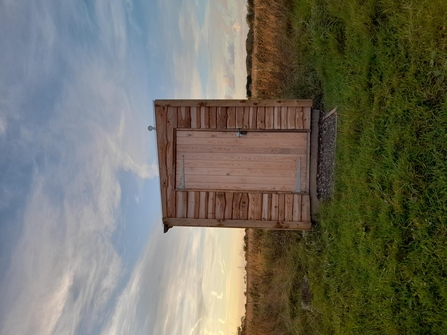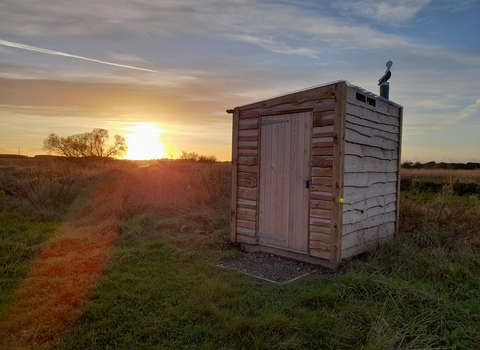Did you know that flushing the toilet accounts for about 30 per cent of the average person’s water use? With people aiming to live more sustainable lives, many individuals and organisations are looking to a water-free alternative as a way of helping the environment – and potentially giving back to it too.
It began with the Great Stink
The year was 1858, it was the hottest summer on record and London was buzzing… with flies. The Thames was like a swamp of raw sewage and the stench it emitted was so potent that it wafted beyond London, causing the inhabitants to vomit. This event was named The Great Stink of London.
Back then, human waste was collected in underground cesspools made from brick, which were emptied every few months. But when water closets (flushing toilets) began gaining popularity with the upper classes in the 1850s, the cesspools quickly filled up and started to leak and stink. As a solution, they were redirected to the ground water sewers leading to the river Thames: the main water source for many in the city.
As London’s population grew, so did the number of turds dropping into the cesspools and floating into the Thames. Eventually, the cesspools and sewers were unable to cope and overflowed, streaming down streets and bubbling up through the floors in people’s homes. Then the summer of 1858 arrived and the hot sun dried up the river and baked the poo, which stank even more.
A man named Reverend Henry Moule witnessed many deaths from cholera at the time, and like many others, was convinced that poor sanitation and dirty water were to blame. He knew something had to be done.



